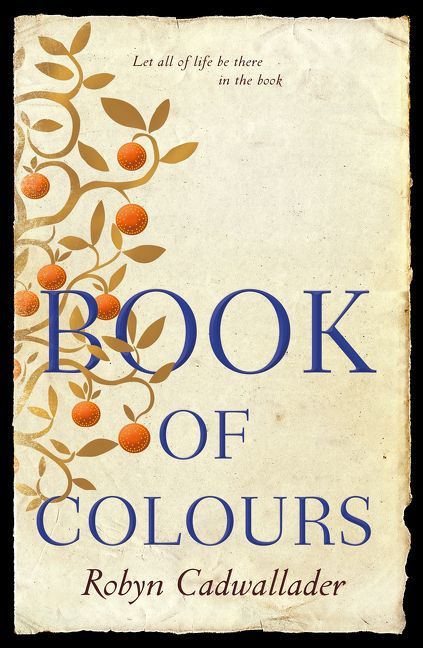What do you think?
Rate this book


368 pages, Paperback
First published April 23, 2018
Many of us will have seen photos, and perhaps even exhibitions, of sumptuously decorated books from the Middle Ages. My attention, though, has always been drawn to the margins of books of hours, as they are known, where birds, animals, funny and fantastical creatures and even scenes of sin and bawd are often depicted – all alongside prayers and illuminations of Christ and the Virgin Mary." (p.352)